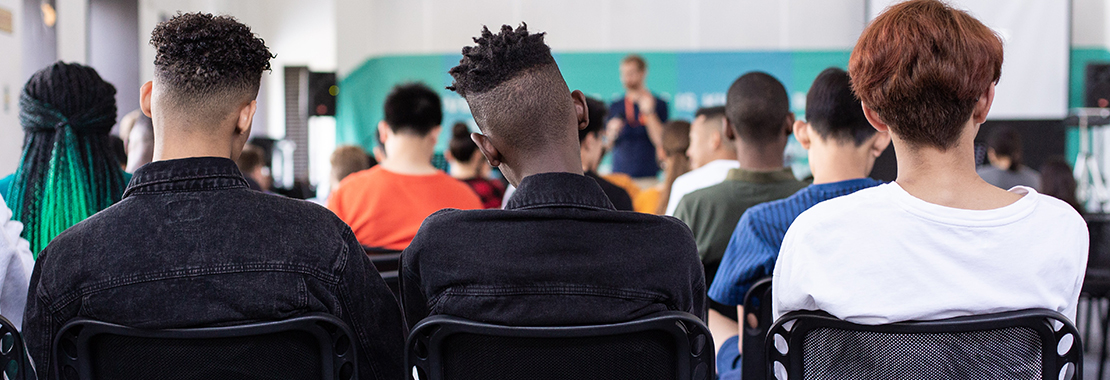Anitre Bell is a College Success Facilitator and Instructor at Community College of Beaver County
Cultural differences affect a lot more than we like to let on. In some situations, those differences can mean life or death, and in others, the impacts are less dramatic. For example, people’s cultural differences can affect how others converse with them. For some, it affects the way they’re treated in a luxury store. The education system is one place where cultural differences can have a serious impact on students’ experiences and outcomes.
High School Culture
The most immediate example I think of is high school History class. The information was one-sided, and the lessons were taught from the white European perspective. From war battles to slavery, all of it came from my Caucasian counterparts’ viewpoint. While I understand that even our teachers weren’t properly educated on these topics, it still baffles me that we lived in a time when history was taught in such a one-sided way. There is so much more to the story than the History books told us. From the different torture techniques used to the experiences slaves went through, we missed out on important facts due to cultural bias in the education system.
Why must Black Americans and people of other cultures seek out that information on their own? We’re left to search Google articles and old history books just to see the other side. As instructors, we should remove our feelings and personal biases from our lessons. It’s not our job to create or shape the narrative. It’s our job to provide all information and allow our students to form their own opinions.
If a professor does decide to include both sides of the story, they need to know enough to thoughtfully answer questions. There is nothing worse for a student than a professor who is not well versed in their specialty. It prohibits the student from gaining more information and encourages them to tune out. If you were getting information from a seemingly untrustworthy source, would you pay attention?
Language Barriers
Language barriers are another example of how cultural differences impact education. Some professors don’t put much effort into working with students who aren’t as fluent in English. This barrier can also prevent the student from learning effectively. My son is a senior college student—I asked him his thoughts, and he agreed wholeheartedly. To me, that proves it’s a common phenomenon in higher education.
Obviously, educators are not perfect. We must constantly adapt to different teaching methods while keeping our students invested. My hope is that more faculty realize how these cultural differences affect students in different ways. It is now your job as an educator to take the initiative. Take the initiative to recognize the impacts cultural differences and become cognizant of them as you teach and interact with students. Reflect on your own biases and consider asking your students what they think. Make the effort to create a comfortable learning environment for your students.
Find ways to be more culturally responsive and inclusive in your courses with these webinars from our Empowered Educator series.

